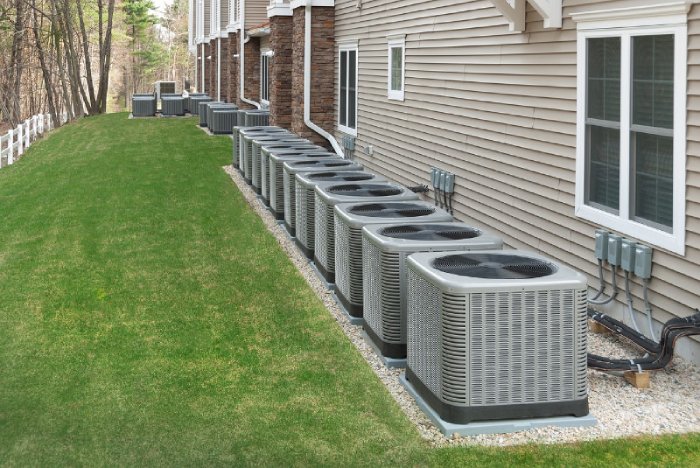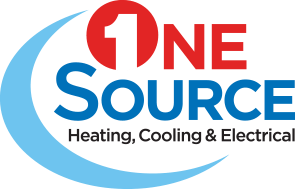Your heat pump in Trussville, AL has multiple components that work together to meet your temperature needs. Each part has a distinct role to play, and we will cover various heat pump components and what they do.
1. Evaporator and Condenser Coils
The indoor heat pump part houses the evaporator coil, while the condenser coil is in the outdoor unit. During summer, the evaporator coil absorbs heat from your indoor air to cool this air.
It also absorbs excessive humidity from the air. The condenser coil transfers this accumulated heat to the outdoors.
When winter sets in, the coils reverse their roles. The outdoor condenser coil absorbs heat from the environment, while the indoor evaporator coil releases this heat to the indoor air to raise the indoor temperatures. These coils should be clean at all times to conduct these functions efficiently.
2. Air Filter
When your heat pump draws air from your living space for heating or cooling, the air must pass through an air filter. The filter traps contaminants such as dust, pet dander, hair strands or debris, preventing these pollutants from circulating in your indoor air.
By catching these contaminants, the filter protects your family from poor indoor air quality symptoms such as sneezing, watery eyes, sinus congestion, nausea, dry throat, headache and fatigue. The filter also prevents these contaminants from coating your system’s components, ensuring the parts operate efficiently and unobstructed.
Failing to change the air filter makes your heat pump struggle to draw air from your living space. Replace your air filter every 60 to 90 days. Likewise, if you use a reusable filter, wash it often to give your heat pump an easier time pulling in air.
3. Refrigerant and Reversing Valve
A refrigerant’s role in your heat pump is to absorb heat from one area and move it to another location. A reversing valve changes the direction of the refrigerant flow in different seasons.
During the hotter months, the refrigerant fluid absorbs heat at the evaporator coil and relays this heat to the condenser coil. When the cold months set in, the refrigerant moves heat from the condenser coil to the evaporator coil.
Your heat pump should always have sufficient refrigerant levels to function efficiently. Contact a professional technician for repairs whenever you suspect your refrigerant is leaking. Refrigerant levels are checked during annual maintenance visits also.
4. Compressor
You will find the compressor in the outdoor heat pump unit. The refrigerant passes through the compressor after it absorbs heat at the evaporator coil. The compressor raises the fluid’s temperature and pressure.
Naturally, heat energy moves from an area of high concentration to an area of low concentration. Therefore, when the high-temperature refrigerant reaches the condenser coil during summer, the heat moves to an area of low concentration, which is the environment.
5. Blower Motor
A blower motor powers the fan to distribute the heated or cooled air from your heat pump to your home. A blower motor either falls in the single-stage, two-stage or variable speed categories.
A single-stage blower motor operates at 100% capacity all the time. On the other hand, a two-stage blower motor has a low and high setting, allowing it to operate at two different capacities to regulate your indoor temperatures.
Of the three types of blower motors, a variable-speed blower motor is the most energy efficient, as it operates at different capacities. This means that, if you only need a slight adjustment to your indoor temperatures, the variable speed motor runs just enough to reach that temperature, saving you money on energy.
6. Thermostat
A thermostat offers a platform to communicate with your heat pump. When you key in your temperature needs on the thermostat, the device relays these instructions to the heat pump through wires, and your heat pump kicks into action. The device also has sensors to detect when the indoor temperatures drop below your preferred range.
If any of these components malfunction, your heat pump can’t regulate your indoor temperatures efficiently. Contact One Source Heating, Cooling & Electrical for exceptional heat pump services if your system is faulty. Our technicians will respond promptly to fix the problematic parts.
Image provided by iStock





